Home>Gardening & Outdoor>Plant Care & Gardening Tips>How Long Do Bloomed Mums Last
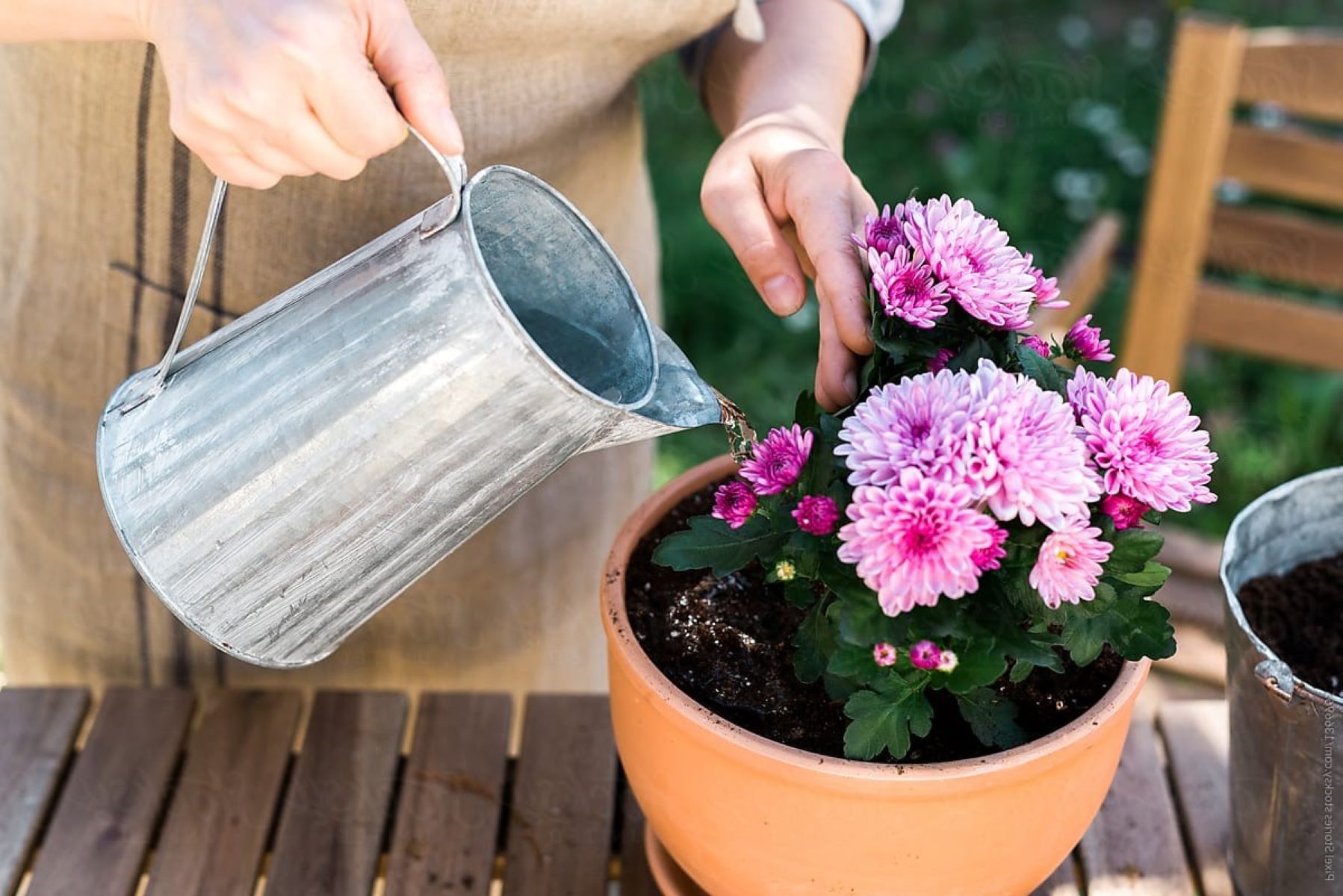

Plant Care & Gardening Tips
How Long Do Bloomed Mums Last
Published: February 29, 2024
Discover expert plant care and gardening tips for maximizing the lifespan of bloomed mums. Learn how to extend the beauty of your mums with our helpful advice.
(Many of the links in this article redirect to a specific reviewed product. Your purchase of these products through affiliate links helps to generate commission for Storables.com, at no extra cost. Learn more)
Introduction
Bloomed mums, also known as chrysanthemums, are a delightful addition to any garden or indoor space. Their vibrant and diverse colors, coupled with their ability to thrive in various climates, make them a popular choice among gardening enthusiasts. However, one common question that arises among those who appreciate these beautiful flowers is, "How long do bloomed mums last?"
Understanding the lifespan of bloomed mums is essential for ensuring their proper care and maintenance. By gaining insight into the factors that influence their longevity and learning effective strategies for extending their lifespan, you can continue to enjoy the beauty of bloomed mums for an extended period.
In this article, we will delve into the various factors that impact the longevity of bloomed mums, explore practical tips for prolonging their lifespan, and identify the telltale signs that indicate their end is near. Whether you are a seasoned gardener or a novice plant enthusiast, this comprehensive guide will equip you with the knowledge and techniques needed to nurture bloomed mums and savor their captivating allure for as long as possible.
Key Takeaways:
- Keep bloomed mums healthy by watering them properly, providing enough sunlight, and regularly removing spent blooms and dead foliage. This helps extend their vibrant blooming period and overall lifespan.
- Recognize signs like fading blooms, reduced flower production, and drooping stems to understand when bloomed mums are nearing the end of their blooming phase. Embrace this natural progression and prepare for the next stage of growth.
Read more: How Long Do Mums Bloom
Factors Affecting the Longevity of Bloomed Mums
The longevity of bloomed mums is influenced by several key factors, each playing a significant role in determining how long these vibrant flowers will grace your garden or living space. Understanding these factors is crucial for providing the optimal care and environment for bloomed mums to thrive. Let's explore the primary elements that impact the lifespan of these beloved flowers:
1. Environmental Conditions
The environment in which bloomed mums are placed can greatly affect their longevity. Factors such as temperature, humidity, and sunlight exposure play pivotal roles in determining how long the blooms will last. Mums thrive in cool temperatures, typically between 60 to 70 degrees Fahrenheit, and require ample sunlight to maintain their vibrancy. Additionally, excessive moisture or dryness can adversely impact their lifespan, making it essential to strike a balance in environmental conditions.
2. Watering and Soil Quality
Proper watering and soil quality are fundamental to the health and longevity of bloomed mums. Overwatering can lead to root rot, while underwatering can cause the flowers to wither prematurely. Well-draining soil that retains moisture without becoming waterlogged is ideal for mums. Additionally, the soil should be rich in nutrients to support the plants' growth and blooming period.
3. Pruning and Deadheading
Regular pruning and deadheading are essential practices for extending the lifespan of bloomed mums. Removing spent blooms and trimming away dead or decaying foliage not only enhances the aesthetic appeal of the plants but also encourages new growth and prolongs the blooming period.
Read more: How Long Do Mums Last
4. Pests and Diseases
Pests and diseases can significantly impact the health and longevity of bloomed mums. Common pests such as aphids and spider mites, as well as diseases like powdery mildew, can weaken the plants and shorten their blooming duration. Implementing preventive measures and promptly addressing any pest or disease issues is crucial for preserving the vitality of bloomed mums.
5. Fertilization
Proper fertilization is vital for sustaining the health and longevity of bloomed mums. A balanced fertilizer with the appropriate ratio of nutrients, applied at the right intervals, can support the plants' blooming phase and overall vigor. However, excessive or inadequate fertilization can have adverse effects on the mums' longevity.
By considering and effectively managing these factors, you can significantly impact the lifespan of bloomed mums, ensuring that they continue to adorn your surroundings with their enchanting beauty for an extended period.
Tips for Extending the Lifespan of Bloomed Mums
-
Proper Watering: Ensure that bloomed mums receive adequate water, keeping the soil consistently moist but not waterlogged. Water the plants at the base to prevent moisture-related issues and avoid wetting the foliage, which can lead to diseases.
-
Appropriate Sunlight: Position bloomed mums in an area that receives ample sunlight, ideally at least six hours of direct sunlight per day. Adequate sunlight is crucial for the plants' photosynthesis and overall health.
-
Well-Draining Soil: Use well-draining soil to prevent waterlogging, which can lead to root rot. A balanced mix of organic matter and perlite or sand can help maintain optimal soil moisture levels.
-
Regular Deadheading: Remove spent blooms and withered foliage regularly to encourage continuous blooming and prevent the plant from expending energy on seed production. This practice redirects the plant's energy towards producing new blooms, prolonging the flowering period.
-
Pruning: Trim the mums to maintain a compact and bushy shape. This not only enhances the plant's appearance but also stimulates new growth and prolongs the blooming phase.
-
Fertilization: Apply a balanced, water-soluble fertilizer specifically formulated for flowering plants. Follow the recommended application frequency and dosage to provide the necessary nutrients for sustained blooming without overfeeding the plants.
-
Pest and Disease Management: Monitor the plants regularly for signs of pests and diseases. Implement preventive measures such as neem oil spray for pest control and proper spacing to promote air circulation and reduce the risk of fungal diseases.
-
Protection from Extreme Conditions: Shield bloomed mums from extreme weather conditions, such as strong winds, heavy rains, or prolonged exposure to intense sunlight. Providing a protective barrier or relocating the plants during severe weather can help maintain their vitality.
-
Mulching: Apply a layer of organic mulch around the base of the plants to regulate soil temperature, retain moisture, and suppress weed growth. Mulching also contributes to the overall health of the mums.
-
Supportive Structures: Use stakes or supportive structures to prevent the plants from bending or breaking under the weight of the blooms, especially during windy conditions.
By implementing these tips, you can effectively extend the lifespan of bloomed mums, allowing you to relish their captivating beauty for an extended period while fostering their overall health and vitality.
Signs that Bloomed Mums are Nearing the End
As bloomed mums progress through their lifecycle, certain signs emerge to indicate that their blooming phase is drawing to a close. Recognizing these signs is essential for understanding the natural progression of the plants and taking appropriate measures to manage their transition. Here are the key indicators that signal the approaching end of bloomed mums:
-
Fading Blooms: The vibrant petals of bloomed mums gradually lose their luster and begin to fade as the flowers age. Fading blooms are a clear indication that the plants are nearing the end of their blooming period. The once vivid colors may appear muted or discolored, signifying the natural progression of the flowers.
-
Reduced Flower Production: As bloomed mums near the end of their blooming phase, the production of new flowers diminishes. The plant's energy is redirected towards seed production, resulting in fewer new blooms. This reduction in flower production is a natural part of the mums' lifecycle as they prepare for the next stages of growth.
-
Drooping and Withering: The stems and foliage of bloomed mums may start to exhibit signs of wilting and drooping as the plants approach the end of their blooming period. The once taut and upright stems may lose their rigidity, and the leaves may begin to wither. These physical changes reflect the natural progression of the plants as they conclude their blooming cycle.
-
Seed Formation: As bloomed mums reach the end of their blooming phase, the formation of seeds becomes apparent. The center of the flower, known as the disc florets, transforms into seed heads. This shift in the flower's structure indicates that the mums are transitioning towards the next stage of their lifecycle, focusing on seed development rather than blooming.
-
Yellowing Foliage: The foliage of bloomed mums may start to exhibit yellowing or browning, particularly towards the lower leaves. This discoloration is a common sign that the plants are nearing the end of their blooming period. The natural aging process causes the lower foliage to gradually deteriorate as the plants prepare for dormancy.
Recognizing these signs allows gardeners to appreciate the natural progression of bloomed mums and make informed decisions regarding their care. While the blooming phase may be coming to an end, it marks the beginning of a new stage in the mums' lifecycle. Understanding and embracing these signs enables gardeners to support the plants' transition and prepare for the next phases of growth and rejuvenation.
Read more: How Long Do Mums Last In A Vase
Conclusion
In conclusion, the longevity of bloomed mums is influenced by a myriad of factors, including environmental conditions, watering and soil quality, pruning and deadheading, pest and disease management, and fertilization. By understanding and effectively managing these factors, gardeners can significantly impact the lifespan of bloomed mums, ensuring that these vibrant flowers continue to adorn their surroundings with enchanting beauty for an extended period.
Implementing practical tips such as proper watering, appropriate sunlight exposure, regular deadheading, and vigilant pest and disease management can further extend the lifespan of bloomed mums. These proactive measures not only promote the plants' health and vitality but also contribute to a prolonged blooming period, allowing gardeners to relish the captivating allure of mums for an extended duration.
As bloomed mums progress through their lifecycle, certain signs emerge to indicate that their blooming phase is drawing to a close. Recognizing these signs, such as fading blooms, reduced flower production, drooping and withering, seed formation, and yellowing foliage, allows gardeners to appreciate the natural progression of the plants and make informed decisions regarding their care. While the blooming phase may be coming to an end, it marks the beginning of a new stage in the mums' lifecycle. Understanding and embracing these signs enables gardeners to support the plants' transition and prepare for the next phases of growth and rejuvenation.
In essence, the lifespan of bloomed mums is a testament to the intricate balance of nature and the nurturing care provided by gardeners. By cultivating an understanding of the factors influencing mums' longevity and implementing effective strategies for their care, individuals can create an environment where these vibrant flowers thrive and flourish. The journey of nurturing bloomed mums encompasses not only the preservation of their beauty but also the celebration of their resilience and the cyclical nature of growth and renewal.
As you tend to your bloomed mums, may this guide serve as a valuable resource, empowering you to foster the enduring splendor of these beloved flowers and enriching your gardening experience with the joy of witnessing nature's timeless and wondrous cycles.
Frequently Asked Questions about How Long Do Bloomed Mums Last
Was this page helpful?
At Storables.com, we guarantee accurate and reliable information. Our content, validated by Expert Board Contributors, is crafted following stringent Editorial Policies. We're committed to providing you with well-researched, expert-backed insights for all your informational needs.
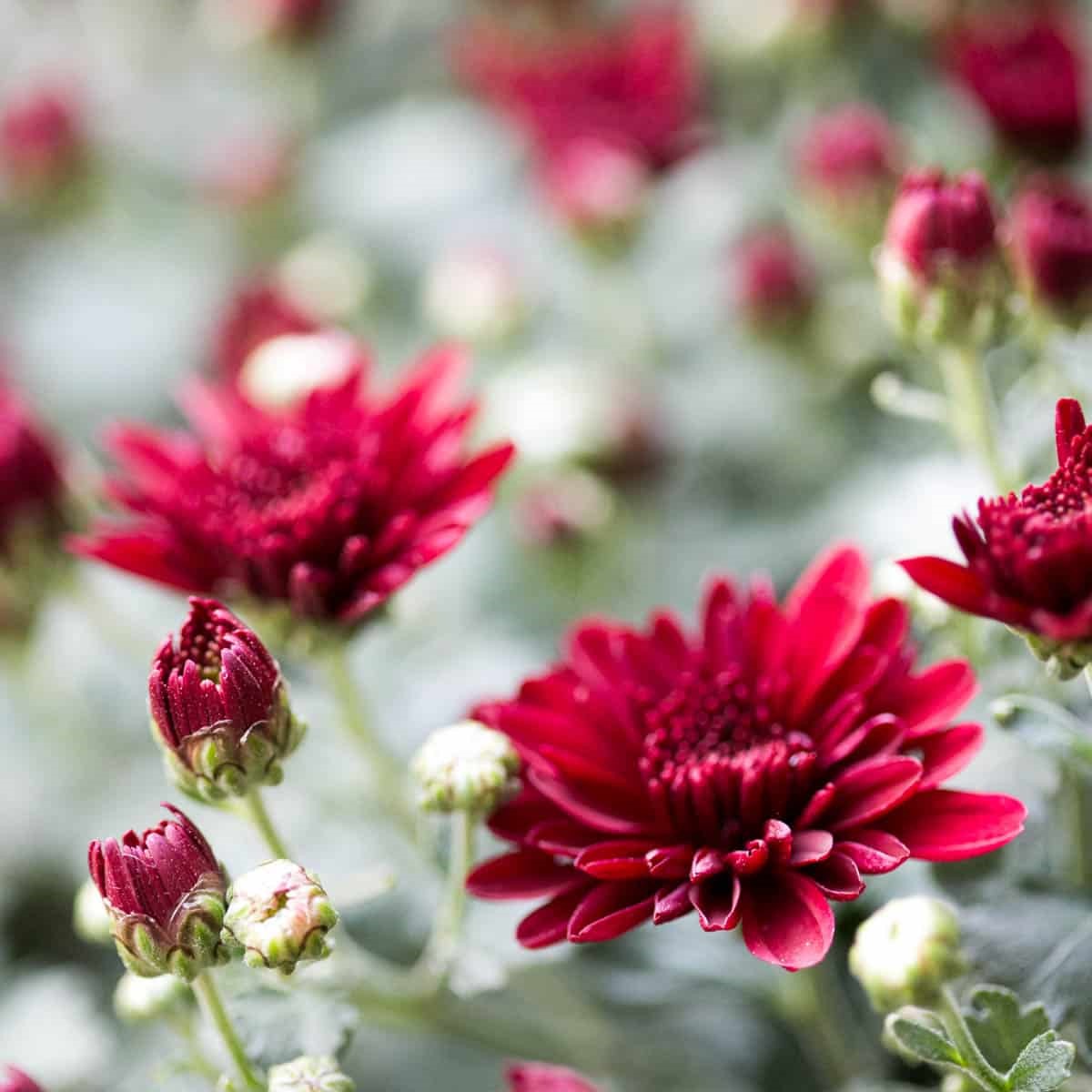
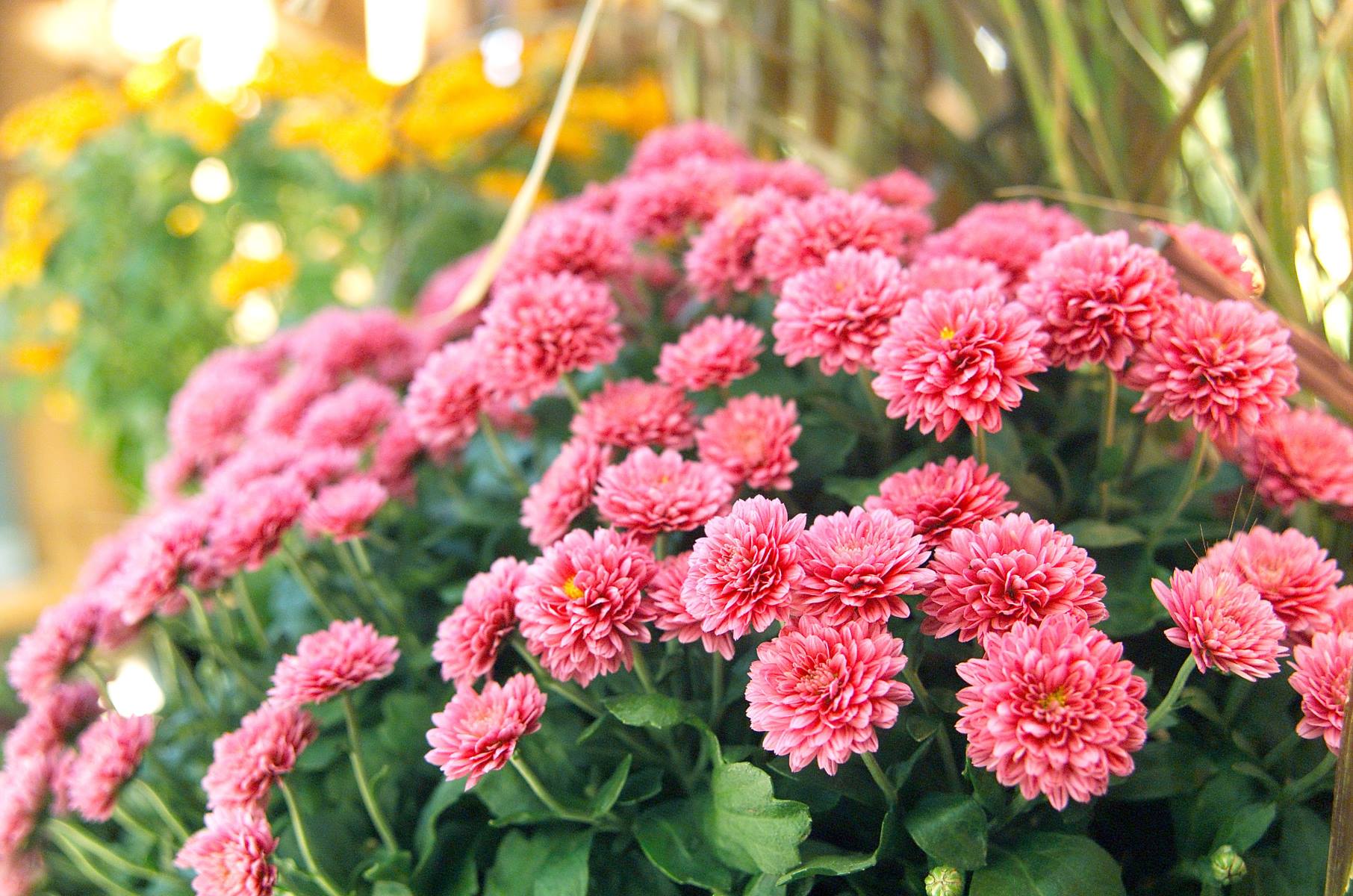
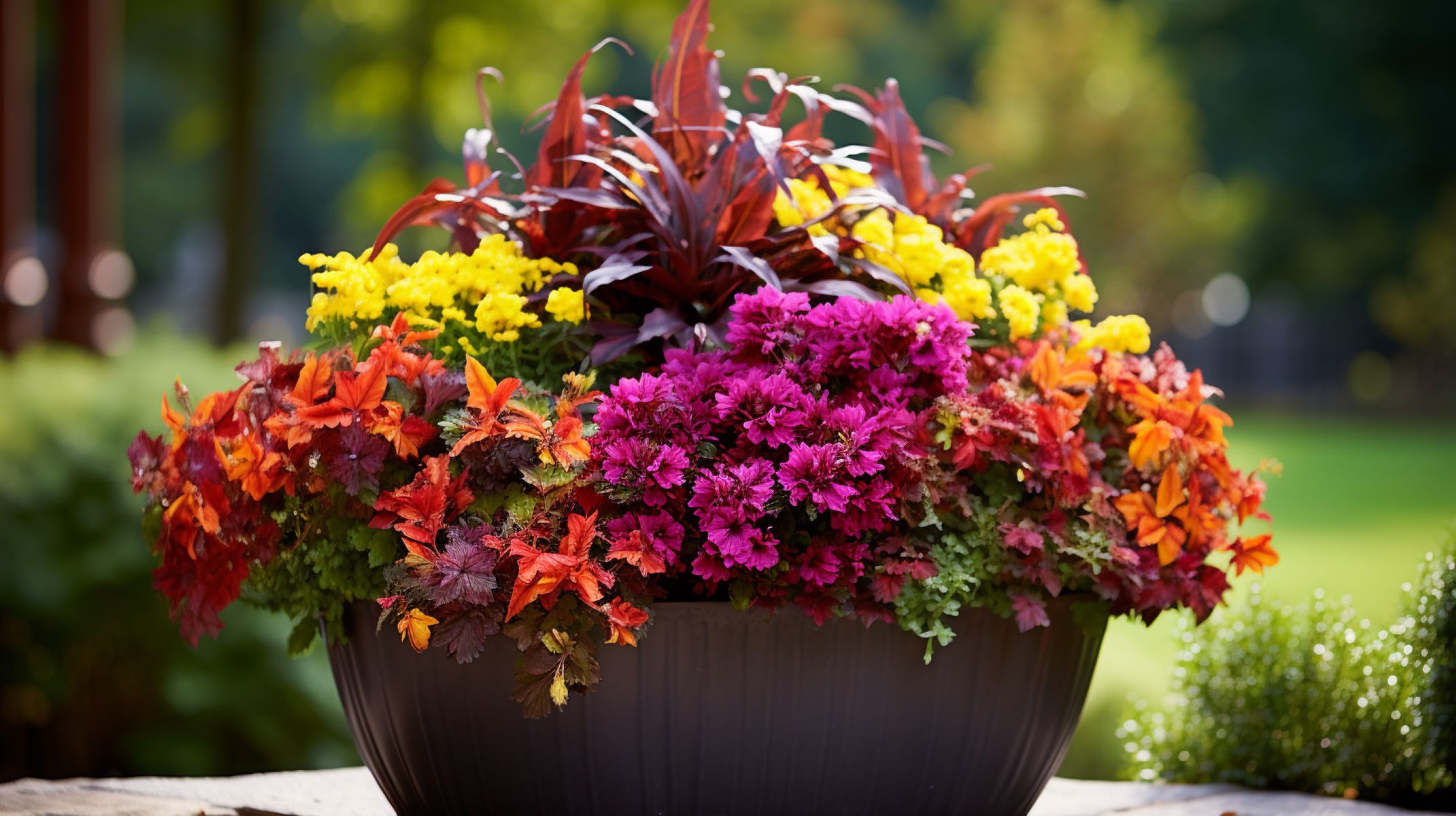
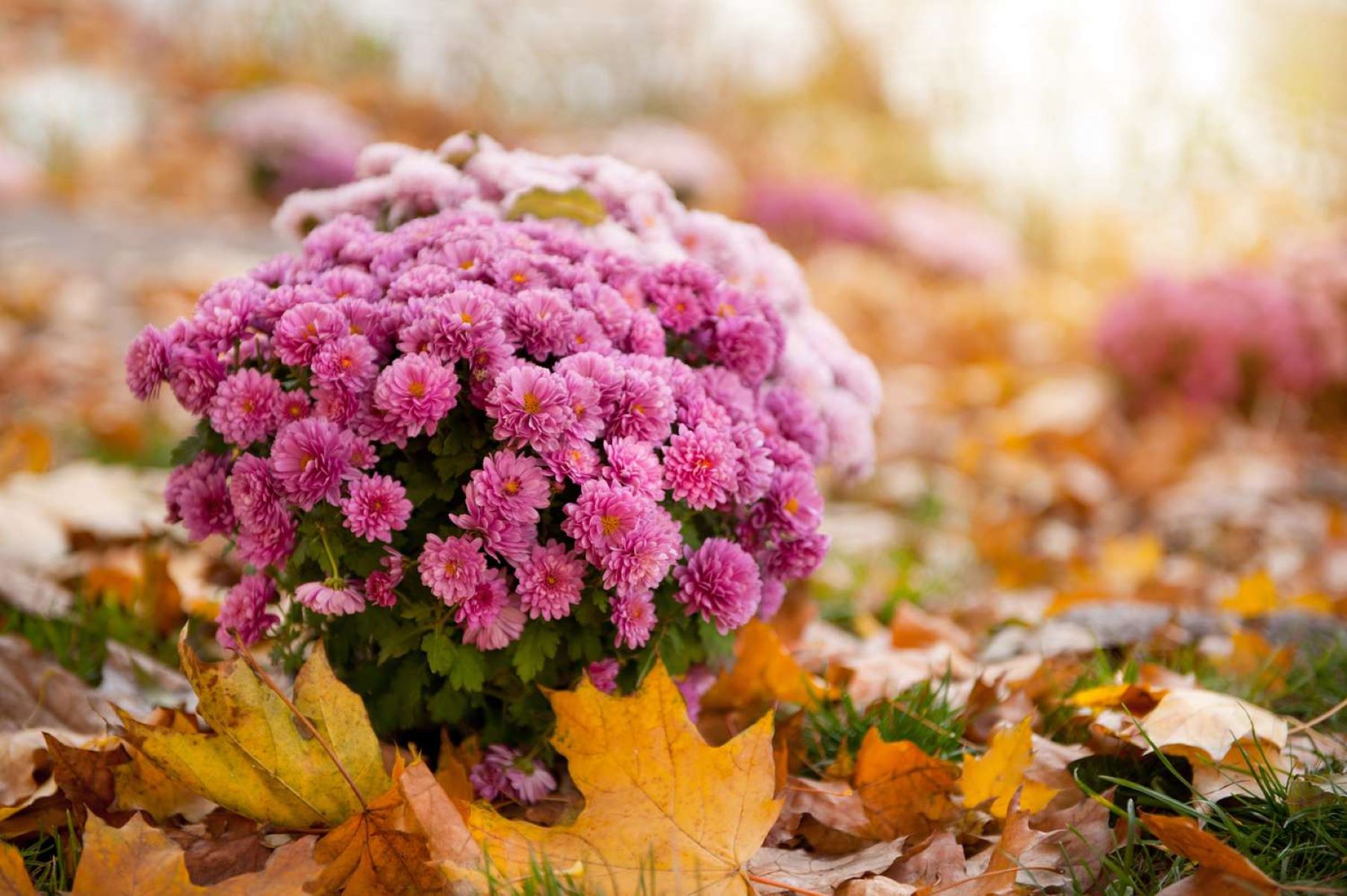
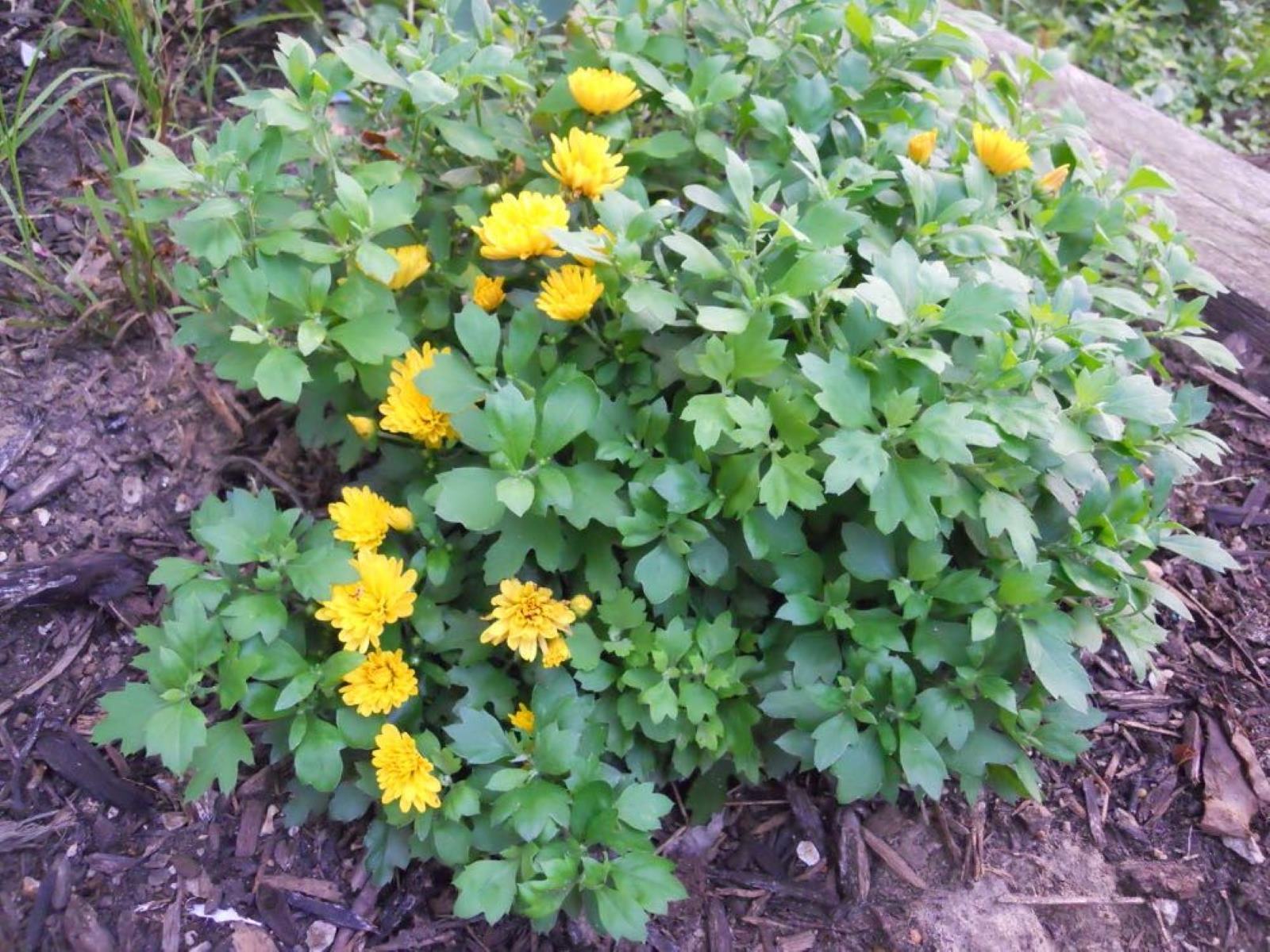
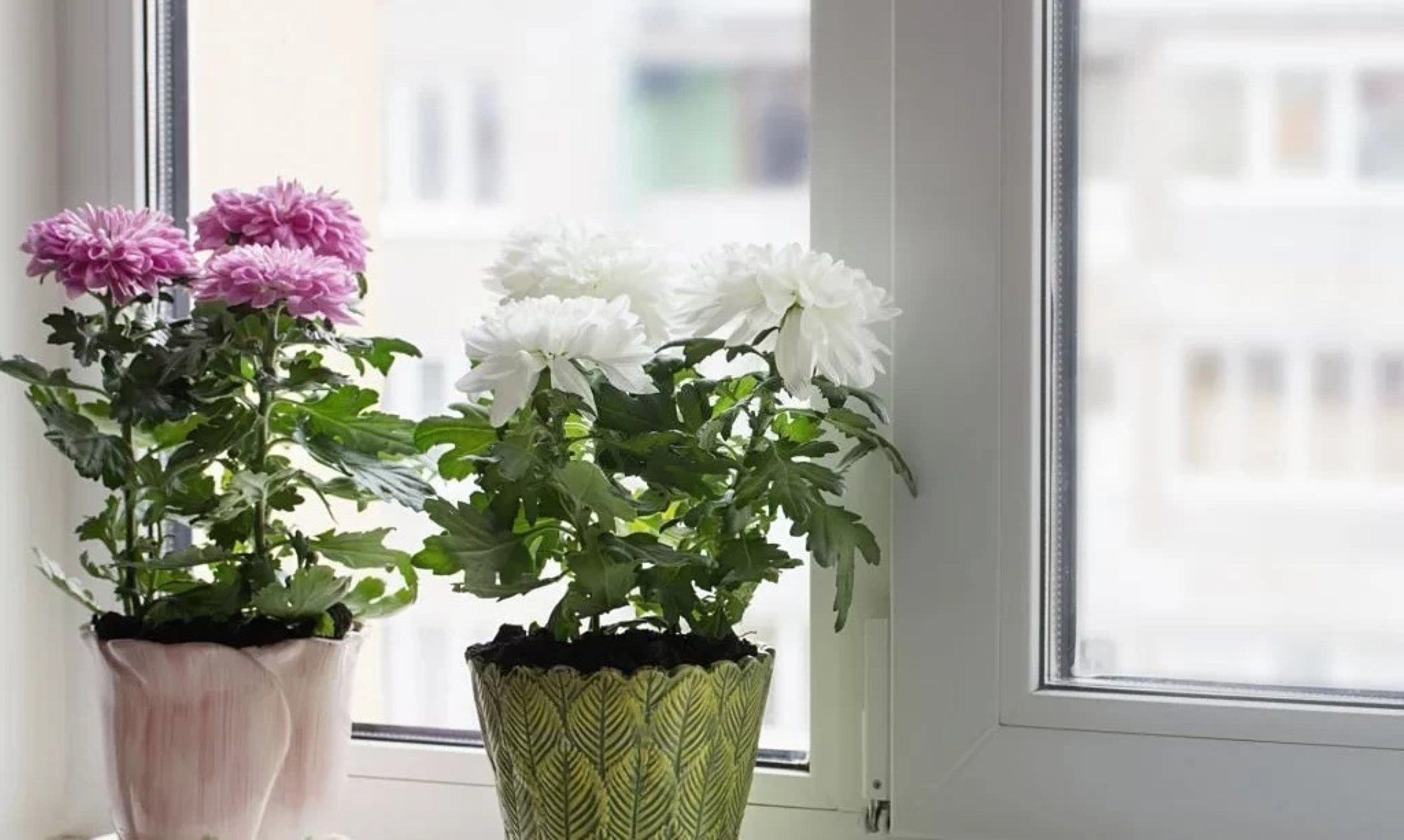
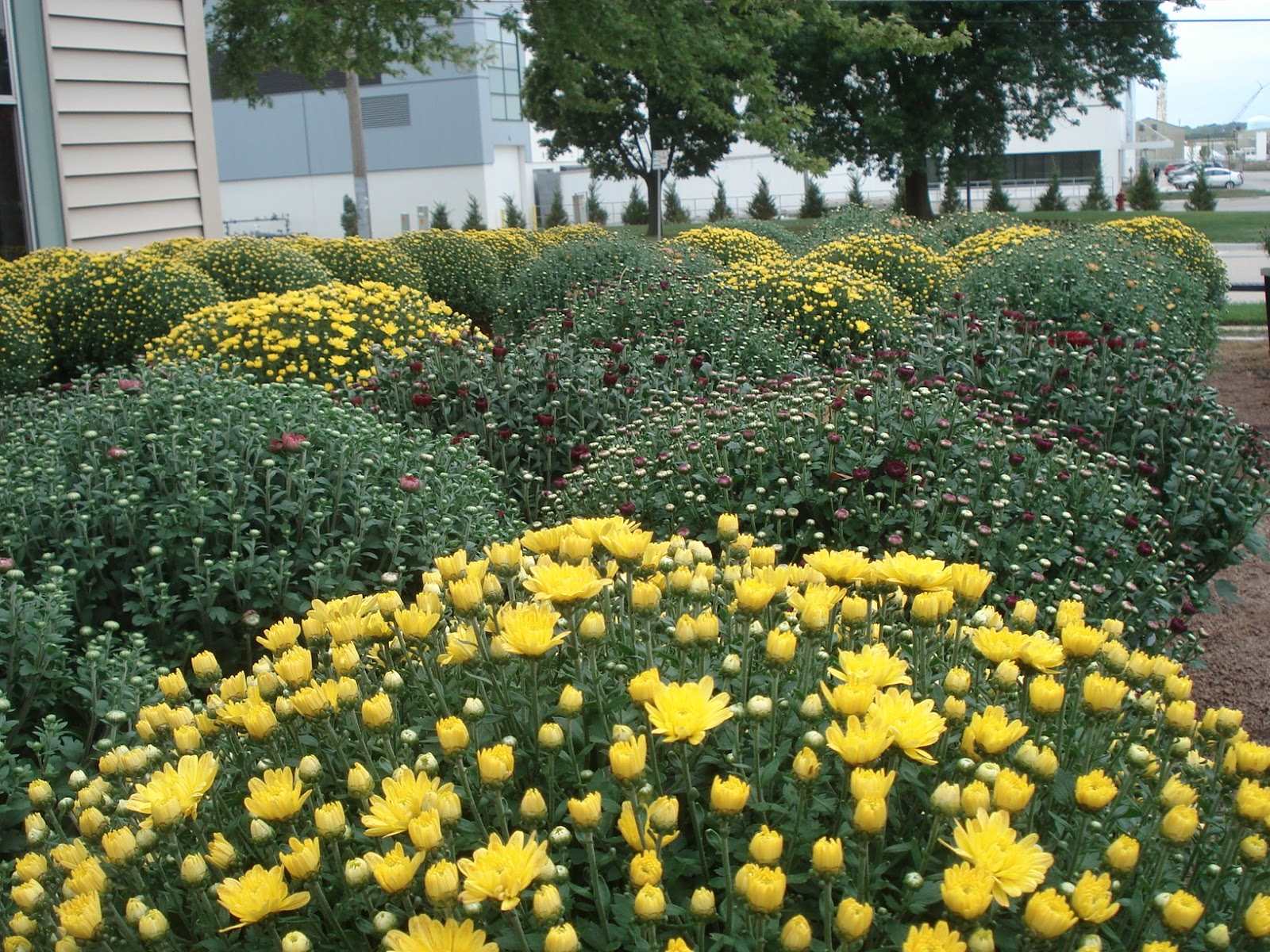
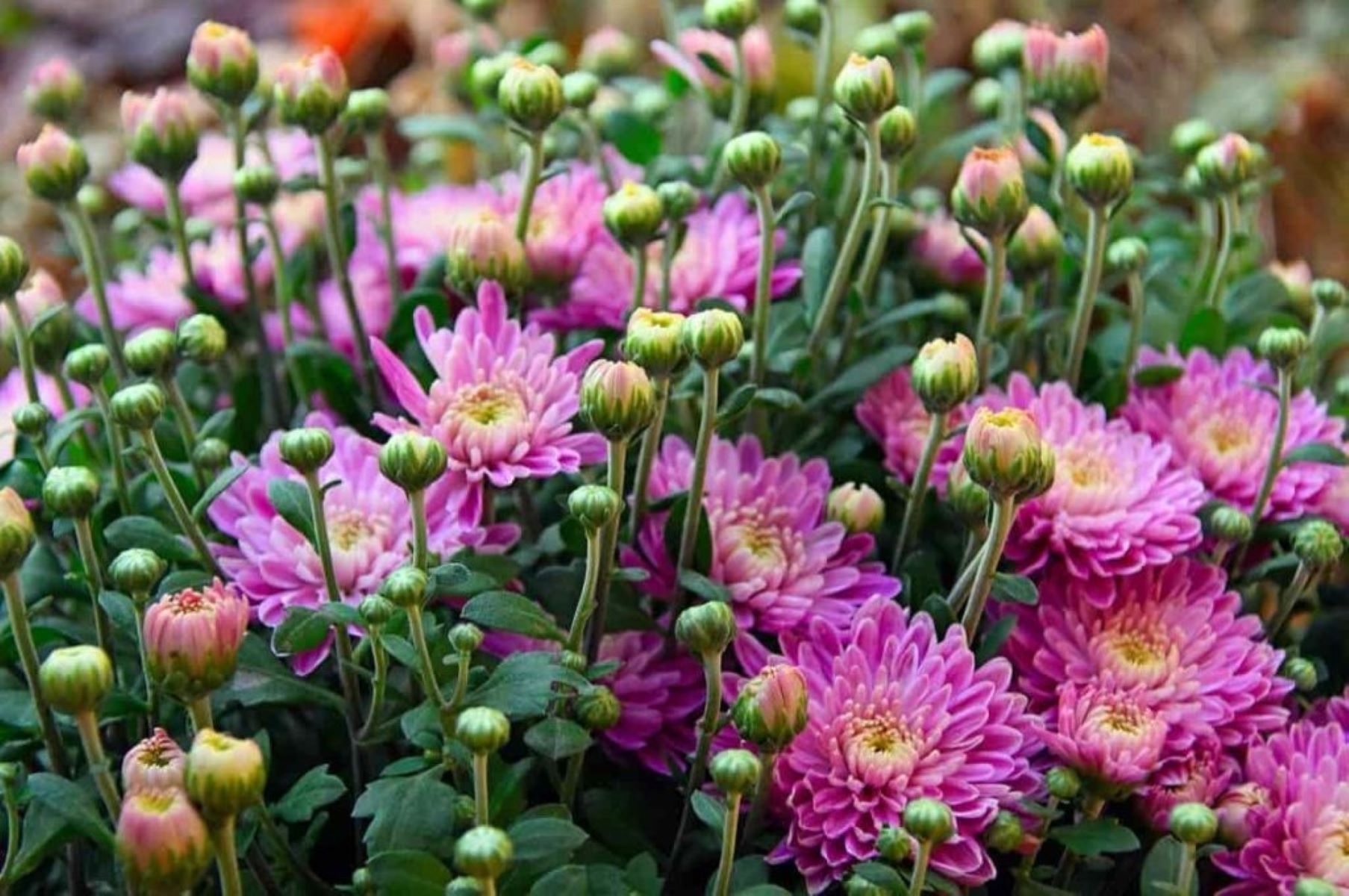
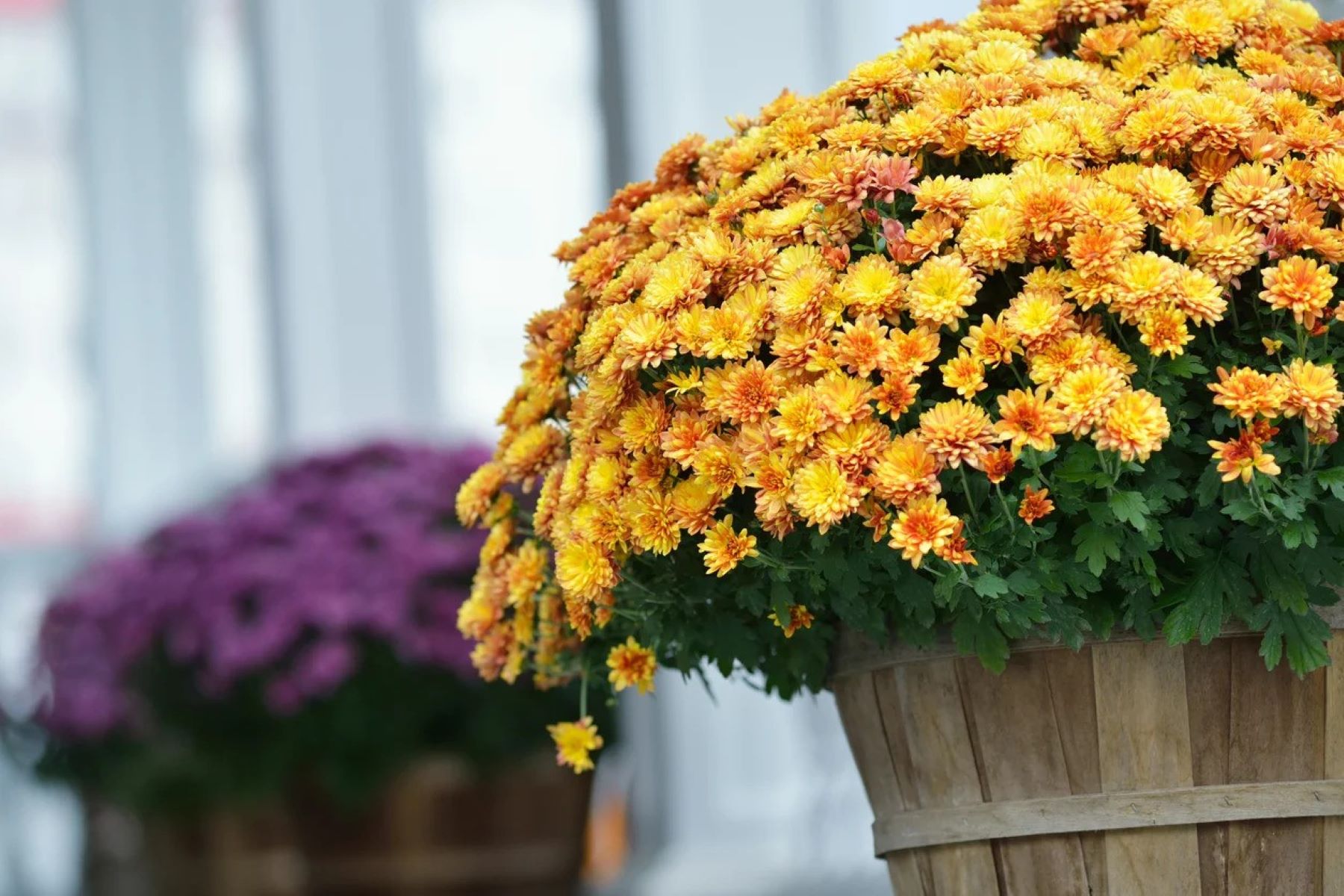
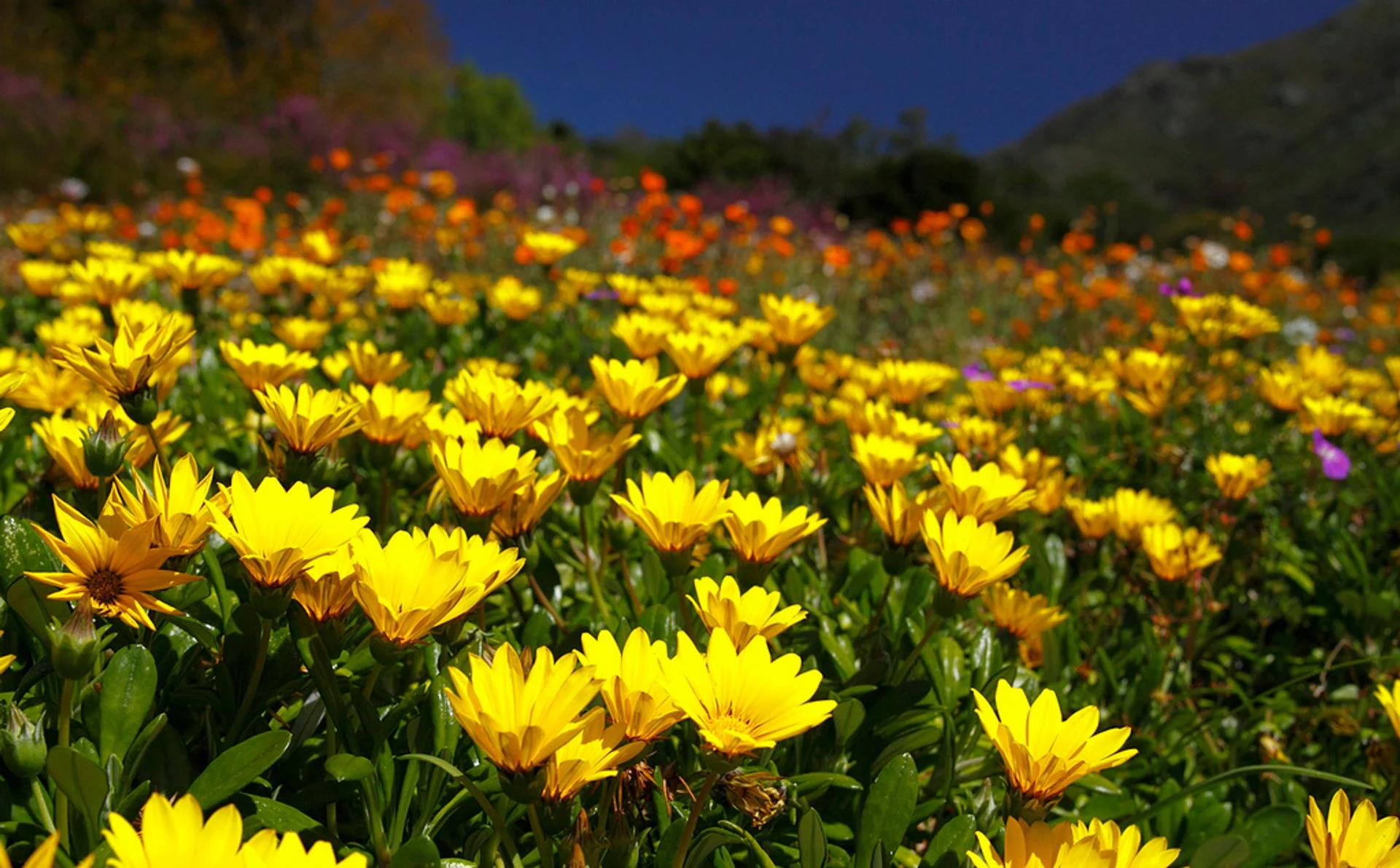
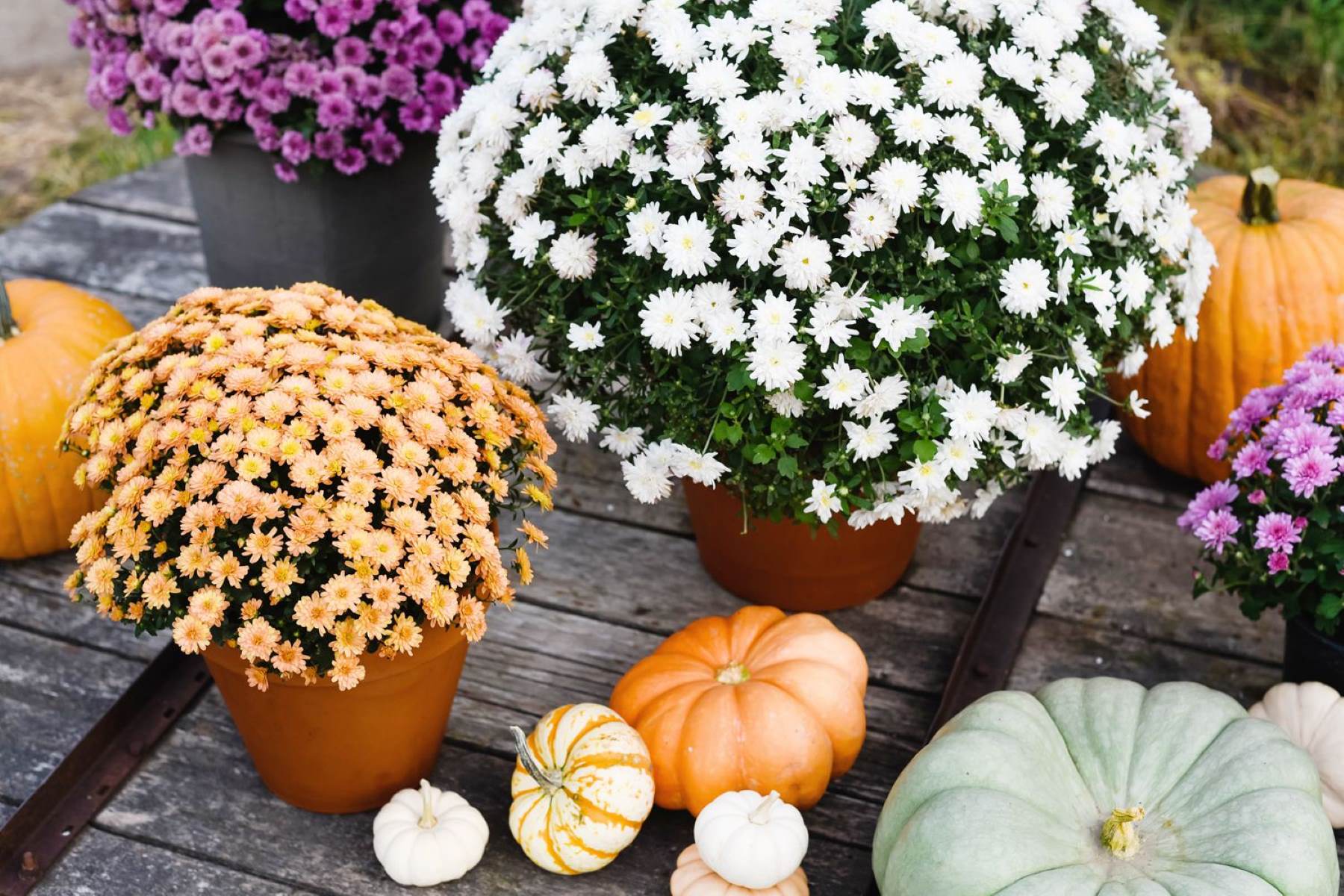



0 thoughts on “How Long Do Bloomed Mums Last”